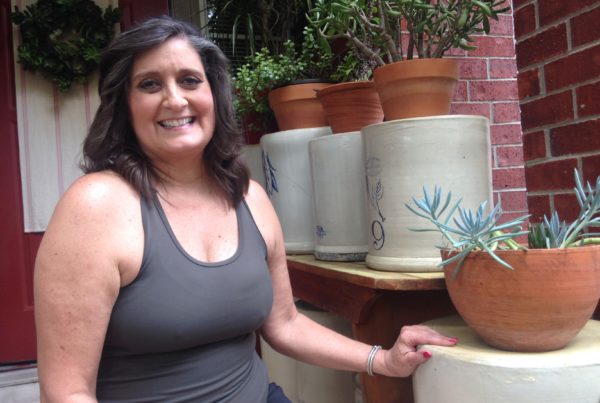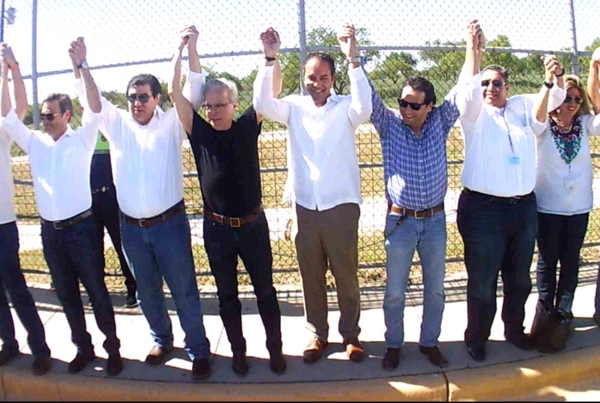Pain is one of those things that is hard to wrap your head around – it’s hard to measure, it varies according to your age and health condition. And pain and what we know about pain – particularly chronic pain – also varies by race.
Dr. Barbara Turner, with the University of Texas Health San Antonio, initiated the first study of its kind looking at how much the Hispanic community knows about chronic pain.
Experts define chronic pain as pain that lasts at least three months and affects daily activities and sleep. The pain waxes and wanes, but always comes back. Turner says there were two main motivators for the study:
“Chronic pain is one of the most vexing and poorly managed health problems that we confront,” Turner says.
And the U.S. has seen huge growth in the use of narcotics to manage pain, she says.
“We’ve found that the overdose rate has just skyrocketed,” Turner says. “Death from opioids and other drugs has skyrocketed. And people have moved from opioids to heroin, which has also gone up five times in the last decade.”
The study looks at Hispanics in the southwest – representing 8.8 million people across five states, including Texas. It’s the first time a population-based survey on chronic pain has been done.
“It turns out that minorities – Hispanics, African-Americans – have a higher prevalence of chronic pain and they’re also more poorly managed,” Turner says. “They have poorer access to care, poorer access to ancillary services.”
Adults between the ages of 35 and 75 years, who did not have chronic pain, completed an online survey about their knowledge, beliefs and attitudes toward the disease.
“It was pretty eye-opening because we found that almost a fourth of the population knew nothing about the disease,” Turner says. “And that was pretty much verified when we asked them questions about their knowledge of the various aspects of the disease – how it affects your emotions, how it affects your function, what you do for it.”
Nearly 88 percent knew little or nothing about chronic pain and about 12 percent said they knew a lot about it. In general, Turner says this 12 percent did know a lot of information, except for one thing.
“They were more likely to say that you have to rely on pain medicines to manage the disease,” she says. “But that’s not right. In fact there’s no data to support using pain medicines more than maybe six months. Federal agencies – the Centers for Disease Control and others – are trying to clamp down on how we use opioids because there isn’t very good evidence for it helping people in the long term.”
The question is, then, what are we going to do for people who are experiencing chronic pain, Turner says.
“We’ve done studies out in rural Texas counties talking to people who have chronic pain and found that it’s a very stigmatizing disease – out there as being a weakness,” she says. “You don’t think anyone recognizes how high the prevalence is.”
According to the American Academy of Pain Medicine, about 100 million Americans experience chronic pain – more than those that experience diabetes, heart disease and cancer combined. But no one’s really talking about it, Turner says.
Turner says she agrees with policy makers who are trying to limit the amount of opioids that are being prescribed, but thinks they’re being a bit draconian in how quickly they want medical providers to cut down on prescriptions.
“But I do agree we shouldn’t rely on those drugs as much,” she says. “We need to develop feasible, affordable supports for people with chronic pain to learn how to take advantage of things we know work in excellent studies.”
For example, Turner says stretching, strengthening, massage and mindfulness exercises all help cut down on the pain.
“We’ve actually done a randomized trial here in San Antonio and improved every measure of function and reduced their pain it,” she says. “It’s not actually that expensive and I don’t think you have to have specialized pain centers to be able to provide that kind of self-managed education of people with chronic pain.”
Written by Beth Cortez-Neavel.

















